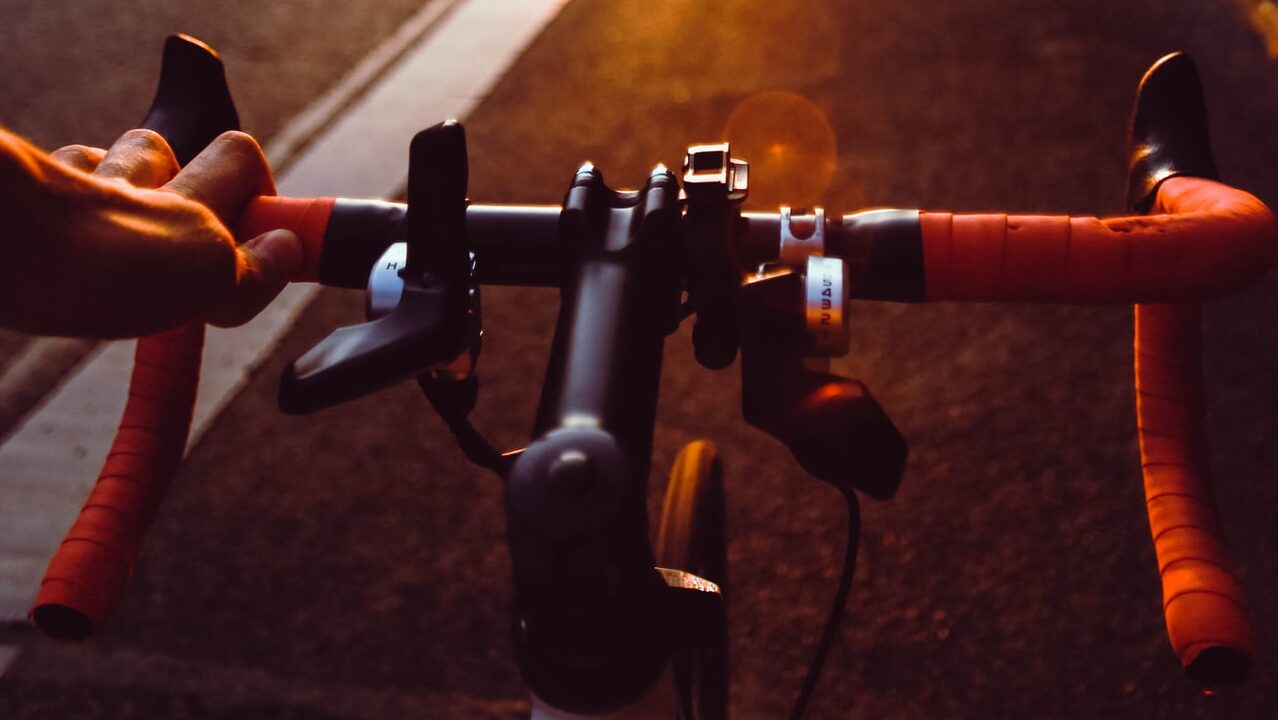I have a love-hate relationship with road cycling.
For years, I have chased countless fitness trends in pursuit of the workout for me. A few of these stuck (hot yoga, running, reformer workouts) while most fizzled (barre, spin, rowing, boot camp, indoor rock climbing, and even a single pole dancing class – for the record, Jennifer Lopez made it appear too effortless in the Super Bowl LIV half-time show).
Then the COVID-19 pandemic struck.
Overnight, my hot yoga practice was disrupted and my reformer workouts vanished. Luckily, spring had sprung and I happily took to running outdoors. Not unlike other fitness enthusiasts, I adapted my active lifestyle to the new realities ushered in by the pandemic.
Still, the lockdowns, physical distancing, and a work from home arrangement contributed to a sluggish routine that had me feeling languid and even restless from the pent-up energy deep in my muscles that I feared were beginning to atrophy.
Meanwhile, my partner’s road cycling intensified. The versatility of a bike – even in a pandemic – is hard to refute: My partner hit the road on warm days and simply hitched his bike to an indoor trainer when conditions were too cool, too wet, or too windy.
Ultimately, my envy compelled me to invest in a new road bike. It felt obvious to me.
Cycling offers numerous benefits:

But don’t be fooled – cycling can be tough.
Whereas my partner has been riding (even competing) for years, I am a brazen beginner, which means my rides were a wee bit bumpy (literally and figuratively) to start.
Frankly, the feeling of being physically attached (or – in cycling speak – ‘clipped in’) to my bike has always been unnerving. This feeling stems from the fear that I won’t be able to ‘unclip’ when I need to come to a full stop, which inevitably results in me (and my bike, which is still physically attached to me) toppling over.
It has happened.
Luckily, it is mostly my ego that has been injured by these inane falls as they have typically occurred as I approach an intersection (without moving traffic, thankfully), or as my partner – at an arm’s length distance on his own bike – stands at the ready to catch me (he knows the drill).
Full disclosure: There are other uphill battles, too, that beginners should be wary of. On occasion, I have reeled from sit bone pain after an endurance ride, and I am still no bike mechanic despite the rule – it goes without saying – that cyclists should be in full command of their bikes. Planning to ride? Check your tire pressure. Flat tire? Get out the spare tube tucked into your jersey and hope you remember everything you learned from those YouTube videos. Dirty chain? Lube it regularly for longevity and performance.
Then there is proper cycling etiquette and jargon that could make a beginner feel as if they’ve just stepped onto a new planet – shifting, half-wheeling, cross-chaining (guilty!), cornering, power curves, and more.
To master the proper technique and hold me to account for my workout plan, I engaged a coach. My coach designs workouts tailored to where I'm at in my cycling journey, offers tips and tricks of the trade to boost my performance, and – ultimately – motivates me to keep pedaling.
The bottom line is this: From the day I (reluctantly) took up road cycling in 2020, the benefits have far outweighed any misgivings I hid behind. There are still plenty of days when I would rather roll out my mat for a yoga practice or even go for a run, but cycling is now core to my workout regimen.
It could be the workout for you, too.
